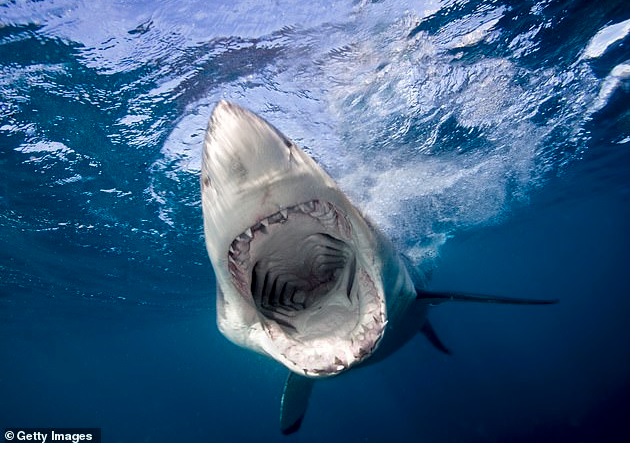A fossil found in the Canadian Rockies revealed an unusual marine animal that was much larger in scale than any other ocean creatures at its time more than 500 million years ago.
According to a study published Wednesday in the journal Royal Society Open Science, the fossil is named Titanokorys gainesi and was 1.6 feet in length – quadruple the size of its fellow ancient ocean dwellers.
“The sheer size of this animal is absolutely mind-boggling, this is one of the biggest animals from the Cambrian period ever found,” study author Jean-Bernard Caron said in a statement. “These enigmatic animals certainly had a big impact on Cambrian seafloor ecosystems. Their limbs at the front looked like multiple stacked rakes and would have been very efficient at bringing anything they captured in their tiny spines towards the mouth.”

Titanokorys gainesi, excavated in the Marble Canyon of the Kootenay National Park, is part of the radiodonts, a group of primitive arthropods that were widespread after the Cambrian explosion event, a time when a wide array of organisms appeared on Earth, according to the journal.
In imagining what the Titanokory creature would look like, drawings showcase an animal that had several series of flaps to help it swim as well as spiny claws to catch prey, along with a defensive covering similar to the shell of a crab. Researchers found it also could’ve had multifaceted eyes, a mouth shaped like a pineapple slice – all lined in teeth.
Study co-author Joe Moysiuk said in a statement: “Titanokorys is part of a subgroup of radiodonts, called hurdiids, characterized by an incredibly long head covered by a three-part carapace that took on myriad shapes. The head is so long relative to the body that these animals are really little more than swimming heads.”
The fossil was discovered in Burgess Shale, a deposit of well-preserved fossils in British Columbia. Titanokorys will be displayed in a new gallery at the Royal Ontario Museum in December.



